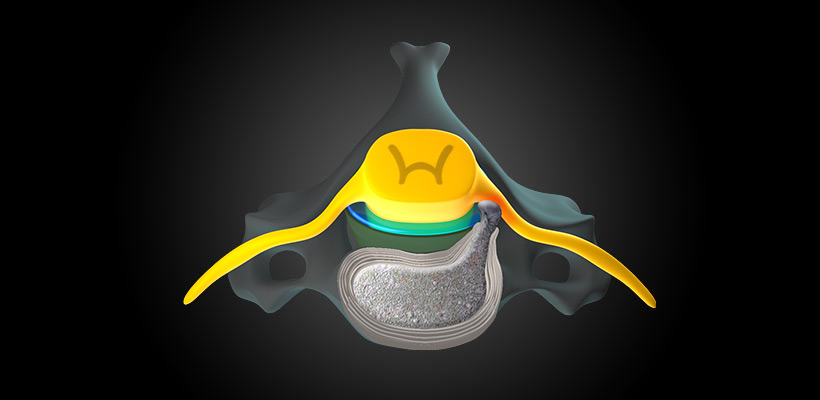If I have a Disc Herniation, do I Need Surgery?
Many people are diagnosed with disc herniation throughout their lives. This can happen in any portion of the spine and is most often an acute event.
Let’s talk…..
A disc herniation is when the tough outer covering around one or more of the discs in the spine is interrupted and a piece of disc material escapes. With this there also a release of pain inducing chemical irritants around the area. Where the pain, numbness and tingling occur will give us a clue which level this disc is located. Generally we use MRI’s or CT scans to give us a definitive diagnosis.
In your neck (cervical), the symptoms of nerve impingement (disc pushing against the nerve) would be pain, numbness and tingling of the arm and possibly the hand of the affected side. If the disc is herniated in the center and pressing into the spinal cord, there may not be any pain, but weakness in the arm(s) and/or leg(s) may be present. Clumsiness or dropping things can also be associated with this.
In your back (lumbar) the symptoms would be in the legs, with pain, numbness or tingling that can go to any part of the leg(s) including the toes and the bottom of the feet. This is commonly called sciatica. If the herniation is central, you may have minimal symptoms unless it is very large. If it blocks the spinal canal there could be symptoms such as paralysis, urinary and bowel incontinence, foot drop or sexual dysfunction. This would require an immediate trip to see a surgeon.
But what about the rest? Is surgery always necessary?
It is actually unlikely you will need surgery. Our bodies do an amazing job of healing themselves, with or without our help. As time goes on most disc herniations shrink back toward the disc and gradually heal over. This is not to say that they are not painful, but in most cases the pain will not last forever. It is said that a herniated disc will heal itself 95% of the time after 3 months. The hardest part of this is having patience and having confidence in your physician. We all want to go for the quick fix but surgery, no matter how small, should be the last resort.
Several options of treatment that may help to accelerate the healing of a disc are available.
- Physical therapy and chiropractic care (no adjustments with an acute disc) often help maintain proper body alignment, decrease spasm and improve range of motion.
- For continued discomfort, epidural steroid injections are can be a treatment of choice. The steroid (often referred to as cortisone) is injected next to the area where the disc is pressing on the nerve. It is thought that this decreases swelling of the tissues and the nerve, thereby decreasing pain and encouraging healing.
It is important to note if two injections don’t help, it is very unlikely that any more will. Steroids should be used sparingly as they have several long lasting side effects especially in diabetics and people with osteoporosis. Time is the biggest factor. If you can control the discomfort enough to get through the 3 months, there is a much lower chance of surgery being necessary.
Last modified: December 11, 2020










